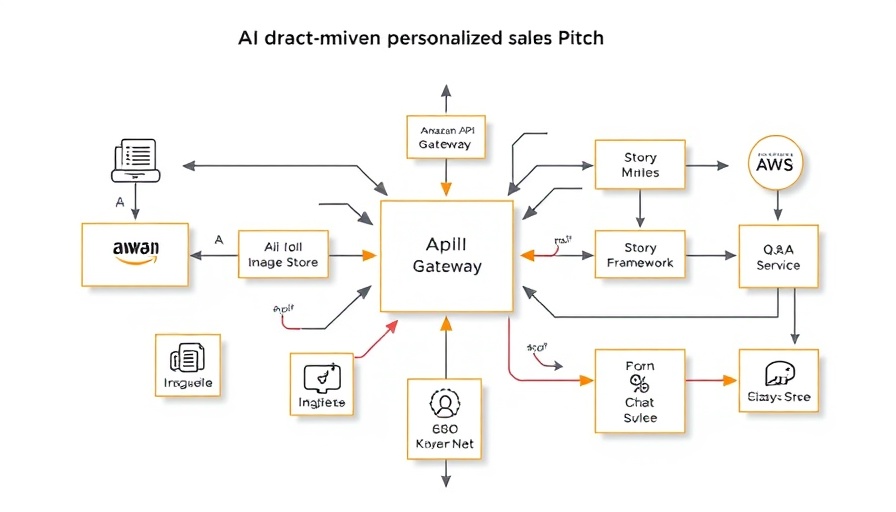
How AI is Transforming Sales Strategies in Emerging Markets
Consumer Packaged Goods (CPG) companies are increasingly seeking innovative solutions to thrive in fast-evolving markets. With growing competition and complex consumer needs, traditional sales strategies often fall short. Vxceed's Lighthouse platform provides a game-changing approach to sales by leveraging AI to create personalized sales pitches. This technology not only drives customer loyalty but also streamlines sales processes, particularly in emerging economies where challenges like low program uptake are prevalent.
The Challenge of Customer Loyalty
The CPG industry heavily invests about 15-20% of its revenue into trade promotions and retailer loyalty programs. However, these initiatives typically see less than 30% uptake, primarily due to their complexity. For emerging economies, where Vxceed operates, tailoring offerings to individual retailer needs becomes critically important. Sales teams must not only present compelling pitches but also adapt them in real-time to the buyer's preferences and behaviors.
Leveraging the Power of Generative AI
Vxceed's solution utilizes Amazon Bedrock, which allows the development of sophisticated AI models that generate tailored sales dialogues. This multi-agent architecture enables field sales representatives to access personalized scripts and address individual retailer objections effectively. By providing these tailored solutions, Vxceed aims to greatly enhance the effectiveness of field teams.
Impact on Revenue Retention
The focus on personalized engagement through advanced AI tools may transform sales strategies across diverse markets. As highlighted in research, companies adopting AI-driven insights witness higher engagements. These innovations not only boost revenue retention but also contribute to the overall growth of CPG brands, reinforcing their market position in competitive landscapes.
Looking Forward: The Future of Sales in CPG
As the CPG landscape continues to evolve, the implications of AI technologies will be profound. Brands eager to innovate must invest in AI capabilities that enhance human decision-making in sales. With tools like Vxceed's Lighthouse, field teams are now equipped to make data-driven decisions faster and more efficiently, leading to increased customer satisfaction.
Incorporating AI into sales models represents not just a response to emerging challenges but also an opportunity to redefine engagement across industries. The real-time adaptability and personalization of pitches generated by AI lay the groundwork for deeper partnerships between CPG companies and their retail partners, making them essential players in the marketplace.
 Add Row
Add Row  Add
Add 




Write A Comment